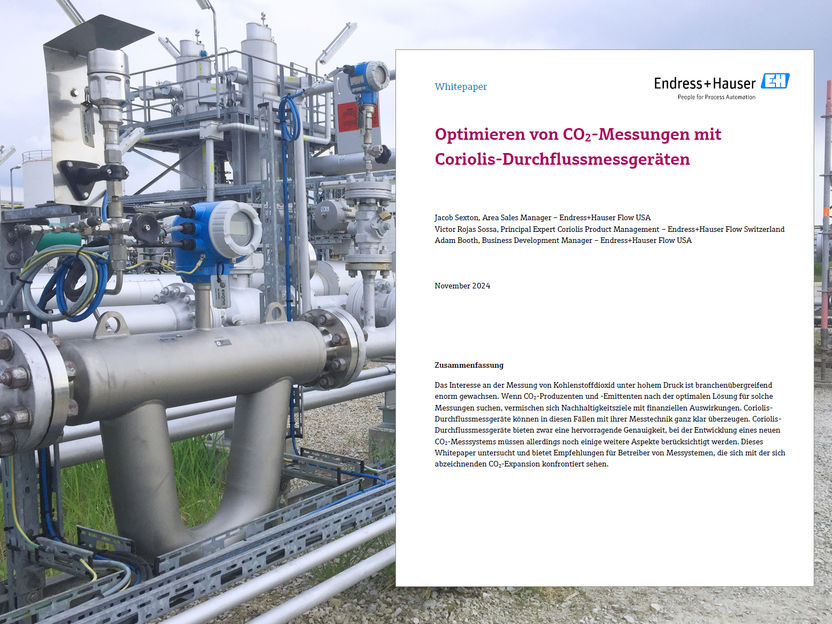Tiny laser sensor heightens bomb detection sensitivity
Advertisement
New technology under development at the University of California, Berkeley, could soon give bomb-sniffing dogs some serious competition. A team of researchers led by Xiang Zhang, UC Berkeley professor of mechanical engineering, has found a way to dramatically increase the sensitivity of a light-based plasmon sensor to detect incredibly minute concentrations of explosives. They noted that it could potentially be used to sniff out a hard-to-detect explosive popular among terrorists. Their findings are published in Nature Nanotechnology.
They put the sensor to the test with various explosives - 2,4-dinitrotoluene (DNT), ammonium nitrate and nitrobenzene - and found that the device successfully detected the airborne chemicals at concentrations of 0.67 parts per billion, 0.4 parts per billion and 7.2 parts per million, respectively. One part per billion would be akin to a blade of grass on a football field. The researchers noted that this is much more sensitive than the published results to date for other optical sensors.
"Optical explosive sensors are very sensitive and compact," said Zhang, who is also director of the Materials Science Division at the Lawrence Berkeley National Laboratory and director of the National Science Foundation Nanoscale Science and Engineering Center at UC Berkeley. "The ability to magnify such a small trace of an explosive to create a detectable signal is a major development in plasmon sensor technology, which is one of the most powerful tools we have today."
The new sensor could have many advantages over current bomb-screening methods.
"Bomb-sniffing dogs are expensive to train and they can become tired," said study co-lead author Ren-Min Ma, an assistant professor of physics at Peking University who did this work when he was a postdoctoral researcher in Zhang's lab. "The other thing we see at airports is the use of swabs to check for explosive residue, but those have relatively low-sensitivity and require physical contact. Our technology could lead to a bomb-detecting chip for a handheld device that can detect the tiny-trace vapor in the air of the explosive's small molecules."
The sensor could also be developed into an alarm for unexploded land mines that are otherwise difficult to detect, the researchers said. According to the United Nations, landmines kill 15,000 to 20,000 people every year. Most of the victims are children, women and the elderly.
Unstable and hungry for electrons
The nanoscale plasmon sensor used in the lab experiments is much smaller than other explosive detectors on the market. It consists of a layer of cadmium sulfide, a semiconductor, laid on top of a sheet of silver with a layer of magnesium fluoride in the middle.
In designing the device, the researchers took advantage of the chemical makeup of many explosives, particularly nitro-compounds such as DNT and its more well-known relative, TNT. Not only do the unstable nitro groups make the chemicals more explosive, they are also characteristically electron deficient, the researchers said. This quality increases the interaction of the molecules with natural surface defects on the semiconductor. The device works by detecting the increased intensity in the light signal that occurs as a result of this interaction.
























































